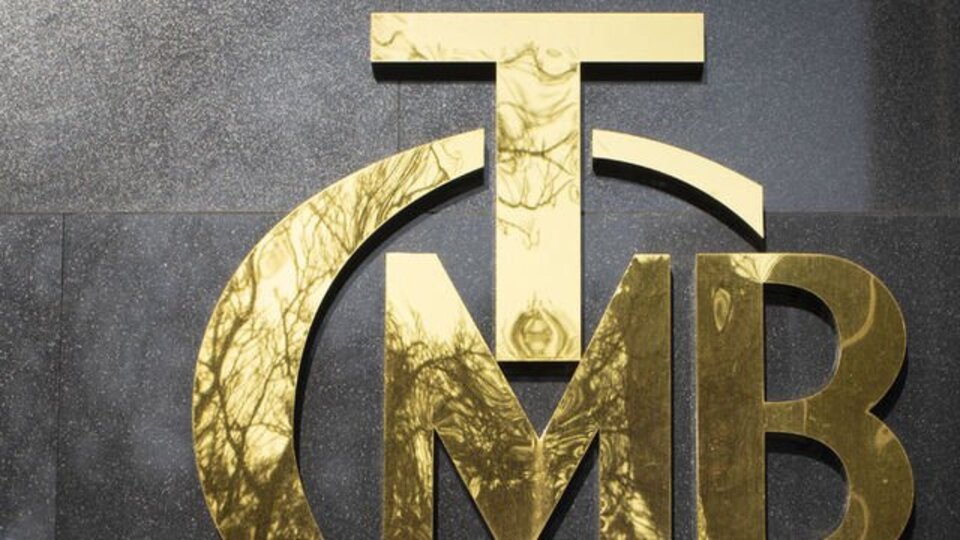
Critical Changes in the Nadir Toprak Magnet Market


Developments in the Rare Earth Magnets Market
China's export controls on rare earth magnets have caused significant supply chain volatility affecting defense systems, electric vehicles, and advanced robotic applications. This situation has led the U.S. Department of Defense to take strategic steps by investing 400 million dollars in domestic production, as well as Apple's partnership with MP Materials to develop recycling facilities.
Despite supply challenges, the market fundamentals supported by applications such as automotive electrification and renewable energy continue to remain robust. In this context, the 2026-2036 Global Rare Earth Magnets Report provides a comprehensive analysis of the rapidly evolving rare earth permanent magnet industry.
Combining over 270 pages of in-depth technical expertise and extensive market research, this report offers significant insights into the rare earth magnet ecosystem. China's dominant position in production and processing creates geopolitical risks, making the development of alternative supply chains a critical priority for governments and companies.
The report includes comprehensive profiles of 29 leading companies, including Arafura Resources Limited, Australian Strategic Materials Ltd (ASM), Carester, Cyclic Materials, Energy Fuels Inc., Hastings Technology Metals Limited, HyProMag, Ionic Rare Earths, MP Materials Corporation, and more. These profiles examine strategic positioning, technology capabilities, production capacity, and market focuses.
The evolution of the rare earth magnet market represents a significant shift from the trade of raw materials to resource management. Overcoming supply chain challenges will determine which nations and companies will maintain technological leadership in the clean energy economy.
Export restrictions have deeply affected critical applications such as Tesla's Optimus humanoid robots, while Ford had to halt production at its Chicago facility, prompting many companies to seek alternative sources. While uncertainty about future supply conditions persists, investments that could take years will be required to reach a successful solution.
Despite supply disruptions, the fundamentals of the market continue to grow sustainably. Global demand for rare earth magnets is expected to reach an annual level of 385,000 tons by 2025, valued at approximately 19 billion dollars. Particularly due to the impact of automotive electrification, the annual compound growth rate is estimated to be 7.8%. Robotics technologies are expected to contribute significantly to demand growth.
Supply uncertainties are also leading to intense research into alternative magnet technologies. Cerium-based formulations offer advantages in overcoming current restrictions, while companies like Volkswagen's Scout Motors are exploring motor designs that do not contain magnets. However, these alternatives often limit the substitution capabilities in high-performance applications.
This report provides a comprehensive review of the rare earth magnet value chain, from mining to recycling. Market forecasts, strategic analyses, and trends are presented to provide participants with a competitive advantage.
```Benzer Haberler
.png)
Yakında Tüm Platformlarda
Sizlere kesintisiz haber ve analizi en hızlı şekilde ulaştırmak için. Yakında tüm platformlarda...










.png)